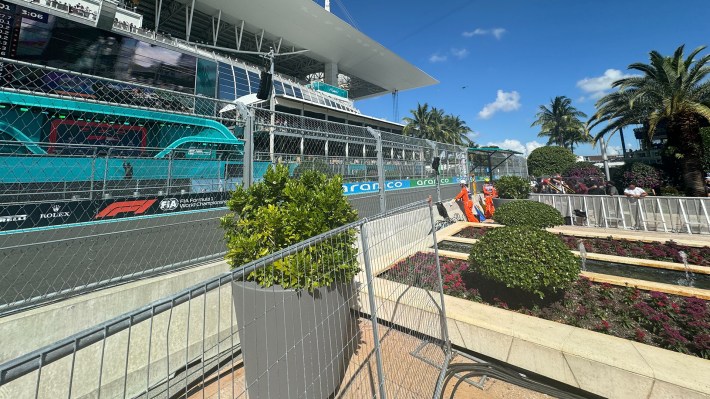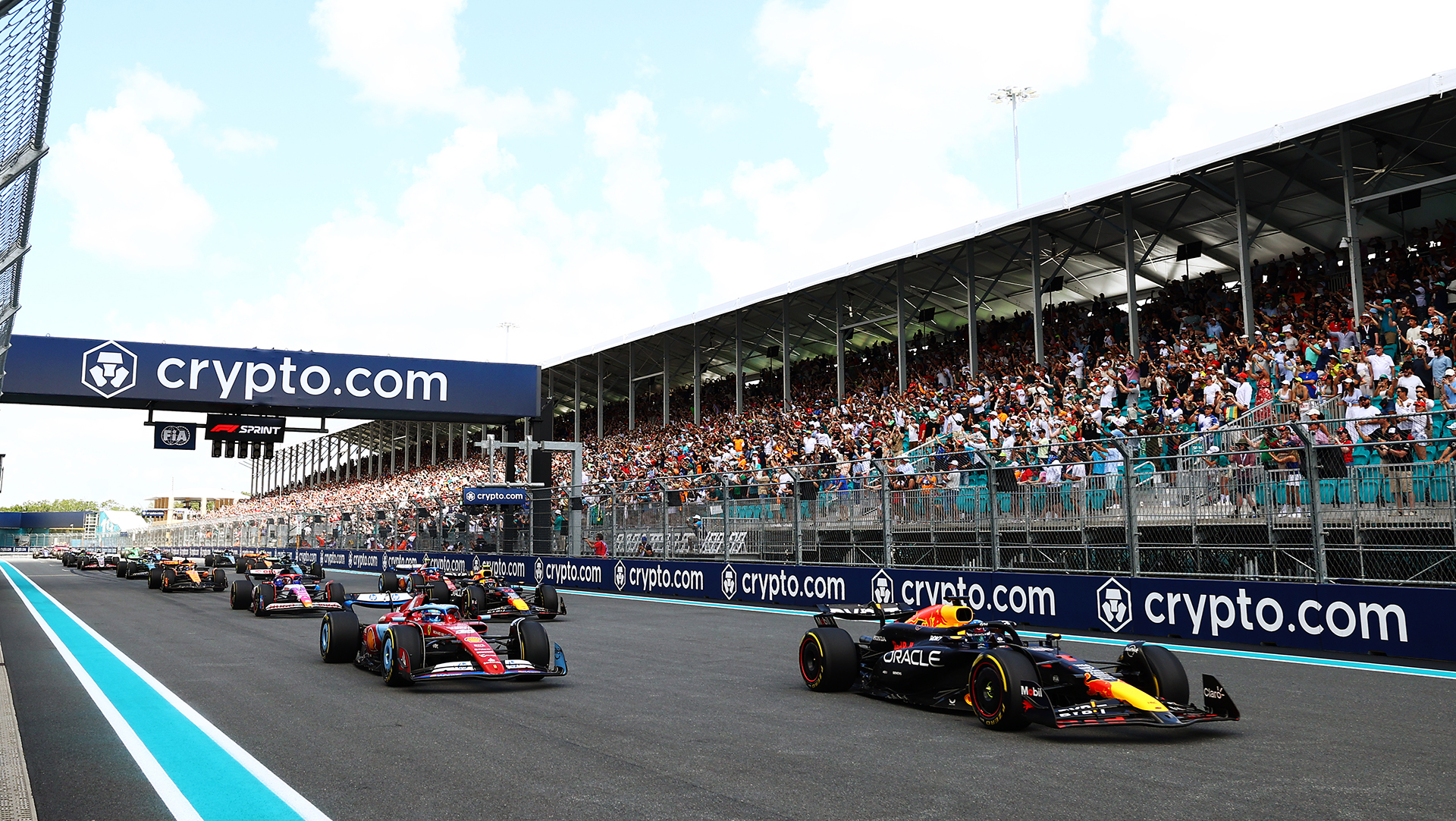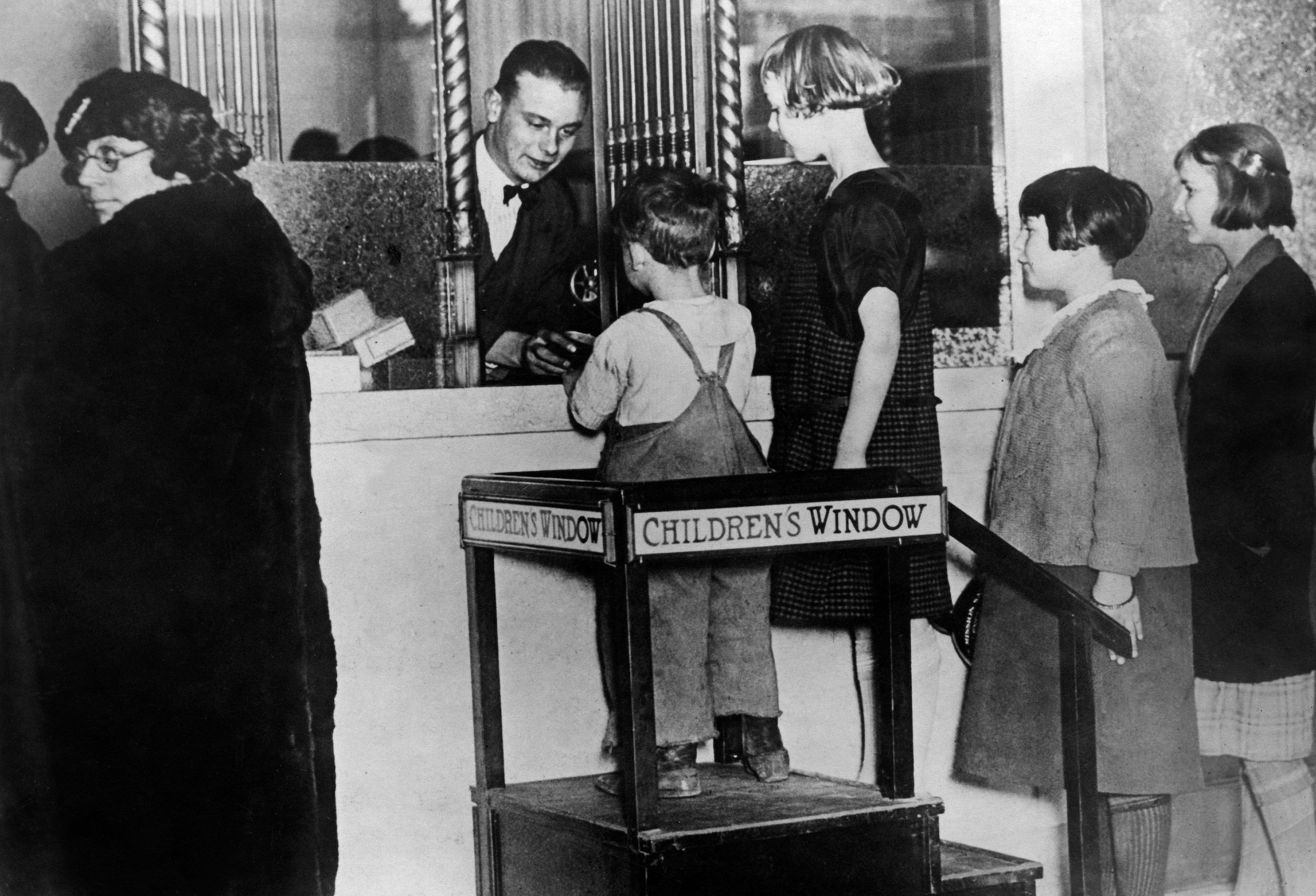MIAMI — The last time I visited Miami, the city I called home from the age of nine until I left for college at 18, was a few months before the pandemic took hold. I had flown down to visit my mom for Christmas, but also because I wanted to escape New York after a, shall we say, rough couple of months. My point is that, before this weekend, it had been four-and-a-half years since I had been down in my hometown, and I was both nervous and excited to see what had become of it.
While that esoteric desire was a driving force in finally returning home, I was also flying into town to attend the Miami Grand Prix. About a week before the race weekend, my best friend, also a Miamian, told me that he had acquired two tickets for Sunday's race, and this felt like a perfect time to both take a fellas trip and to attend my first race. Just as I was curious to see how Miami looked and felt to me in 2024, I was also excited to see not just what a F1 race looked like in person, but what this specific race had to offer. Deciding that one day wasn't enough, we were able to nab surprisingly affordable Campus Pass tickets for Saturday's session, which consisted of the sprint race and qualifying for Sunday's main event.
Even before we stepped through the gates the whole operation reeked of excessive capitalism. This might sound obvious, given that this is both an F1 race and an event in Miami of all places. Parking lots for the event cost between $75 and $225, at least of the ones that were not filled up, with the former being close to a 30-minute walk from the track, while the latter were right across the street. (Industrious residents of the area were offering their driveways for parking; we ended up paying two guys $40 to use their driveway about a 10-minute walk away.) There was a lane, separated by traffic cones and probably some hundreds of thousands of dollars in net worth, where people could pay to skip the traffic jam that always happens when going to the Dolphins stadium, where the track is located. Having spent about 45 minutes just looking for a place to drop my car off, I cursed myself for not paying for my own private lane and track-side parking.
It didn't get less jarring once we made it in. Our tickets were "general admission," which allowed us access to a lot of the track but with no assigned seats, very little shade, and a viewing angle stuck low to the ground. Not great for seeing the action over the many barricades and inexplicably placed shrubbery.

So, instead of just trying to camp out in one of the few "viewing platforms" made available to us plebs who only paid $125 to get in, we decided to walk the entire area and see what F1 brought to town. The answer quickly became clear: it brought a shameless embrace of the power of a dollar. Walking around the teal-tinted "campus," it felt like every inch was sponsored in one way or another. I know from experience watching and covering the sport that F1 is a moneyed affair, but whereas I associate that with, say, the glamor and/or guillotine-worthy excess of Monaco's marina, in Miami, that money was loud and abrasive and covered in branding from sea (of concrete) to shining (due to the heat bouncing off of that concrete) sea. It was very American, in other words.
Exclusion was the name of the game here. Every few yards, there was another branded "house" (sponsored by a hydration company) or "terrace" (crypto firm) or "veranda" (beer); these are zones that you had to pay hundreds of dollars to access. Some of these had air conditioning. Some offered open bars. Some just offered shade, much needed in a cloudless near-90-degree day. All of them had one thing in common: They did not want people like you or me there. Sure, they wanted people, just not the type of person who would buy their tickets day of just to get close enough to hear the deafening roar of the cars and see them blur by at 200 miles per hour.
This is not to say that these fans did not care about the race. I can't speak to that—just as I couldn't get into these areas to speak to them—and it's their money to spend as they please. But looking around at all of these demarcated zones was like standing in line at a theme park while people flew by you on the express line. Actually, the theme park analogy goes a long way; beyond the fact that I walked more on Saturday than I do when I actually do visit a theme park, everything on the "campus" was meant to distract you from the racing and to help you part with your money. There was a sim racing kiosk next to a beer-branded lounge next to so many merchandise stores. There was a cigar club sitting adjacent to a whiskey-branded barbershop. There was a food court of sorts, where a slice of pizza cost $14 dollars. (I caved and bought one; it was good, definitely not worth that money, and took 50 minutes to get through the line. Theme park!)
In a sense, the track and all of its bright and shiny attractions was a perfect microcosm for Miami itself, at least the way I remember it, the way that I leave it in the back of my brain and only pull up when someone asks me why I never moved back home. The city is always under construction, literally (my hotel is near the Heat arena, and the district is either filled with skyscrapers or the skeletons of skyscrapers yet to come) and figuratively. Miami has an identity in popular culture, but its own internalized identity is forever in flux. When I lived here, it was all about clubbing and beaches. Now, even with Wynwood past its sell-by date as a Williamsburg (Brooklyn, not Virginia) of the south, Miami is about art. And yet it's also about tech. And influencers. And a growing financial district built on the foundations of those skyscrapers.
And yet, Miami is also a city of real people, many of them immigrants (according to the most recent Census, 54% of Miami Dade County's population was born outside of the U.S.), who can't keep up with rising rents and cost of living. Rent in the city is down from last year, but median rent in the city for a one-bedroom is still 72 percent higher than the national median, at $2,750, according to Zillow. As Miami keeps trying to make itself over into a center of capitalism, and perhaps away from its hedonistic cocaine-and-neon mirage, there are those who live here, and have lived here for years, that are being pushed to the margins. I know this intimately; my mom struggles to keep up with the rising costs of just living a life in Miami, a city that she loves but, as she told me over dinner on Friday, doesn't think loves her back anymore.
This is what I couldn't get out of my head as I walked around a track no one seems to like all that much, even three years in, for a race no one really needed. There was so much money at the, ugh, Miami International Autodrome on Saturday, and there will be more on Sunday, surely. Ed Sheeran played what felt like a full concert just to kill time in the last hour before qualifying started, which isn't specifically about money but still felt disconnected enough from the reality of Miami that I felt like I had been hit with heatstroke. (I might have, honestly.) This is the spectacle that Formula 1 wants, and it's the one it works hard to maintain.
What happens on the track itself doesn't matter as much, to the rich men in charge, or to the fans in attendance who drop tens of thousands of dollars to network under the shade. It's really besides the point. Sure, there were people walking around in their favorite teams' merchandise—Ferrari was definitely the best represented, followed by McLaren, which is not surprising, given how thirsty that team is for sponsorship and merch money—and there were some roars around me whenever someone had a great qualifying lap. I met a nice man named Jeff, who flew in from Cleveland with his colleagues on Haas' dime; his company sells Haas machinery, and so the team gifted him some tickets and face-time with the drivers. Jeff was thrilled to be decked out in the black-and-red of the grid's long-suffering backmarkers, and his eyes lit up when I mentioned that I am a big fan of Kevin Magnussen.
On the other end of the spectrum was the damn Champagne Garden, a bar and dance floor of sorts, sponsored by a champagne brand that is either so fancy or so new that I had never heard of it. This "garden" was a perfect example of the dissonance between the motorsport on display and the general mentality of those in attendance; at the start of the second session of qualifying, the DJ pumped up the music to drown out the cars, and a crowd of hundreds, by my estimation, jumped up and down, dancing to Icona Pop's "I Love It." The fake grass carpeting the ground only heightened the artificiality of the whole thing.
I could ask so many questions about experiencing a sporting event, even one as outlandish as F1, in this manner. Why spend so much money to party in the general vicinity of vroom-vrooms? Why wait over an hour to get into a lounge that you could only access if you had a specific credit card, a lounge on the ground level in front of opaque fencing specifically put there so people inside this lounge couldn't see the race? Why do any of this in this way, when there are so many other things to do than be seen at a parking lot-turned-mediocre race track?
I don't have any of the answers here, and maybe I'm being too judgmental about it. Maybe these fans are just bored of F1 as it stands in 2024, where Max Verstappen wins everything (he took pole again on Saturday), but they still love to feel the vibrations of these technological miracles that blur around the track. That's as good a reason as any to go this track, and F1 is more than happy to charge you through the roof to ensure your comfort.
It's just demoralizing to see the exact ways that this Grand Prix has taken the worst parts of F1 and mashed them in an unholy alchemy with the worst parts of Miami. This is a race that is a city in and of itself, and this city has the haves and have nots separated by velvet ropes and endless exclusivity. I can't pretend I didn't have fun here; those cars really do fly by you at exhilarating speeds, after all, and it was weirdly touching to do this, my first F1 live experience, with my best friend. But I also can't pretend that the entire time I was there on Saturday I wasn't thinking of how everything F1 does here is wasteful, and how much that's exactly in line with Miami's truest identity: a slowly sinking playground that is throwing anyone not at the top of the financial food chain overboard.






